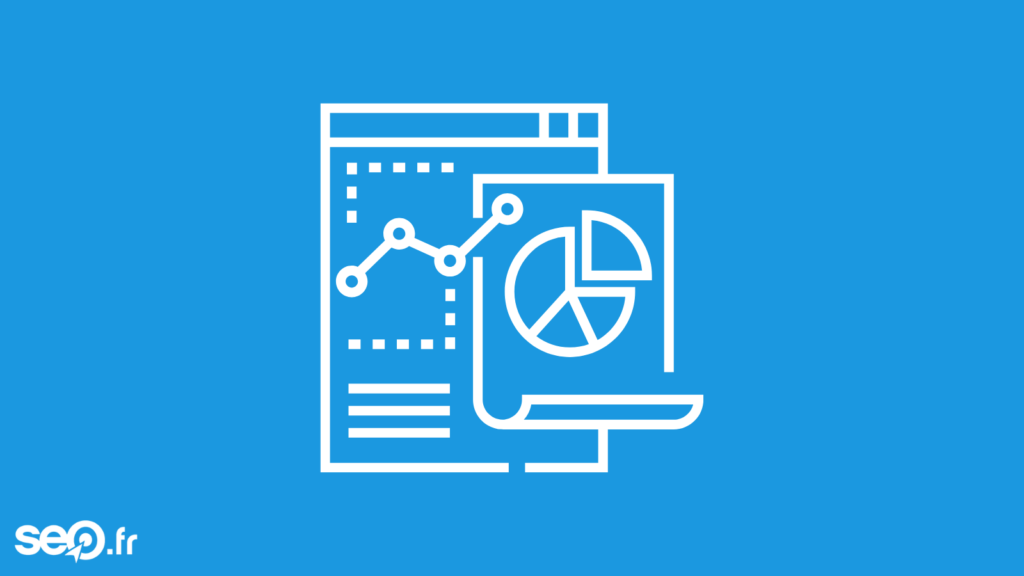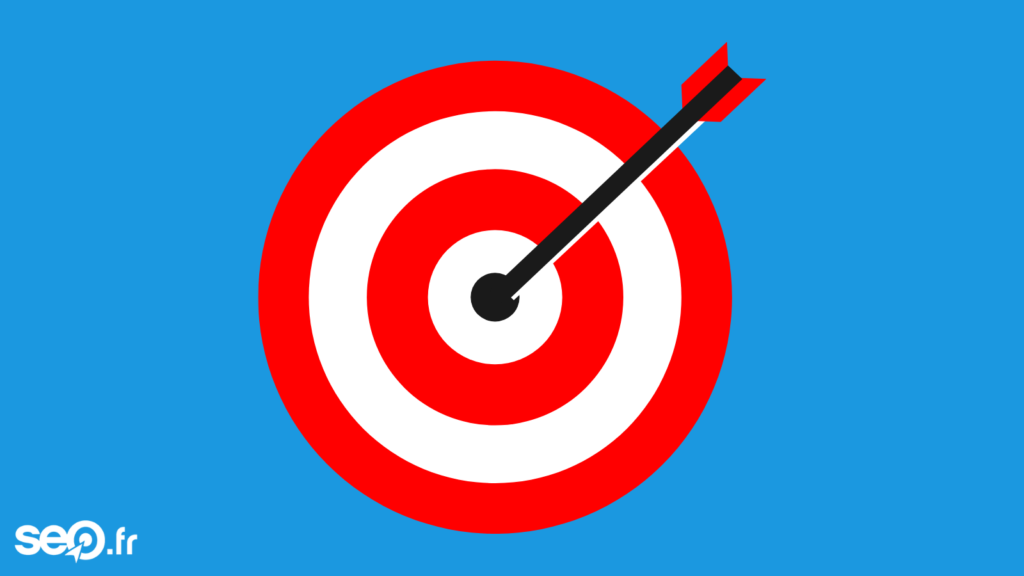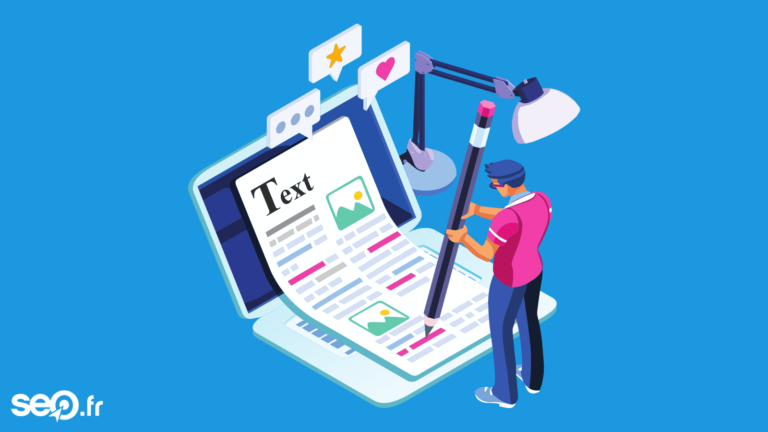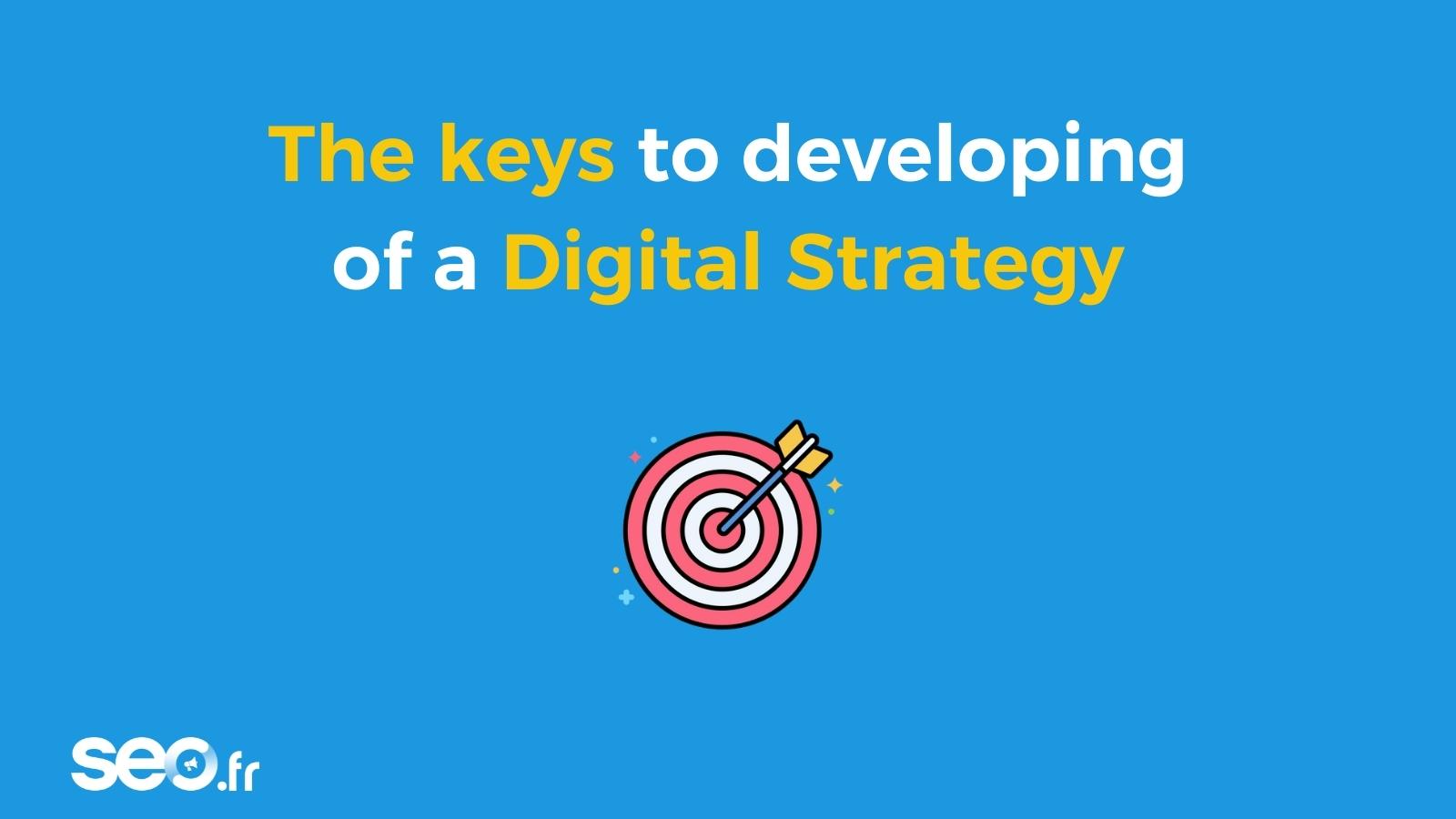How does an effective digital strategy contribute to the development of your business?
We hear people talking about digital strategy all the time, but what does it consist in exactly and what does it actually serve?
Digital strategy is a marketing and communication plan of action that a company implements on the internet. That’s it! It’s as simple as that. Well, at least in theory! It can have many objectives, such as generating more customers or improving your reputation for example. However, like any marketing strategy, it has its own codes and methods of development.
Having a good digital strategy is essential, regardless of your business sector or size. Of course, a small business will not require the same needs as a multinational one and the selection of strategy varies depending on your market and your prospects/customers. In any case, a digital strategy is needed!
Throughout this article, we wish to offer you an overall outlook of the steps needed to achieve your digital goals quickly and peacefully!
1. Prepare a comprehensive analysis of your company, market and competitors’ resources, and practices

This step may seem a little bit obvious for you, but it must not be underestimated. The best way to reach your goals is to know your starting point. This requires analyzing your resources and the know-how strategies that you already have, without neglecting the practices of the market and your competitors.
Many things to do and no idea about where to start, right?
Your company’s internal resources
Let’s start with your internal resources. The good old SWOT analysis method for Strengths, Weaknesses, Opportunities, and Threats is the best strategy, as it will help you visualize your company’s current and past digital presence and market positioning.
Take your time when listing your resources, even if they are really obvious and minor. You’d be really surprised about how helpful that will be later on for the development of your digital strategy.
This can range from the communication content (digital or paper) you already own, to the social networks you use (or not, or maybe you already have accounts but only use them very rarely or not at all), the software you have, the platforms you use to send your emails or the status of your website (doing an audit of the latter will allow you to see how far you still have to go).
Of course, don’t forget to list your human resources that will be useful in determining what you will be dealing with internally, as well as the different providers you work with or have worked with in the past.
Briefly stated, the data that you need to collect is really huge and varies according to the function of your activity, your means of communication, and especially your customers! Don’t take the example above as an exhaustive list, as it always depends on YOUR needs.
Market and competition benchmarking
Once your internal resources are identified, the second part of the analysis mainly involves the external part of your company. Search and list all the information you can get from the market. For example, identify your primary target and its preferred means of communication. You will see that so much information will allow you to create your buyer personas (see part 3).
Another source of inspiration at your disposal is of course your competitors. There is no one else better than them to give you the best digital practices in your domain. For this, there is nothing like a benchmark that will allow you to identify their web marketing strategies and the digital tools they use. In other terms, compare the practices of your main competitors in the market in order to draw inspiration from them.
You can also subscribe to their newsletter, download their content, read their blog articles, follow them on social media, etc. always put yourself in the customers’ shoes.
But be careful. If a particular practice works for your competitors effectively, that does not necessarily mean that it will be work for you, as this depends again on your identity and your value proposition.
Our tip for you is that once your resources are identified, align your digital strategy with your overall strategy that you set from the beginning of the project. By integrating your digital strategy directly within the company’s overall communication strategy, that will make it easier for you to define your web marketing budget and thus anticipate the costs related to your digital strategy!
2. Take the time to define your goals and expected results

Establish precise and measurable goals
Embarking on a digital strategy is beneficial for your company, but your intentions must yield concrete results. Not having a realistic conception of your expectations would be a huge mistake.
Don’t forget that your goals must be specific, measurable, accessible, realistic, and time-bound. These 5 concepts constitute the SMART method. By following this method, you will be sure of the coordination between the expected result and the means implemented to achieve it.
Don’t forget that your goals must be specific, measurable, accessible, realistic, and time-bound. These 5 concepts constitute the SMART method. By following this method, you will be sure of the coordination between the expected result and the means implemented to achieve it.
You need to be clear about which category your goals fall into. Are they quantitative, therefore linked to your business and your turnover, or are they qualitative, concerning your reputation and your brand image? Or perhaps they are organizational with the goal of the digital transformation of your practices?
Once you defined the resources of your company, the market and your competitors, and once you used the SMART method, you will be perfectly able to see concrete results in the long term!
Examples of outcome-related objectives:
There are several objectives that guide you in developing your digital strategy. For example, you can generate more traffic on your website, convert your prospects into customers, increase the awareness of your company, increase its visibility on social media, build more effective customer loyalty, or build a community. The list is still long, and it all depends on your needs and expected results.
When formulating the example of traffic generation using the SMART method, rather than saying «I want to generate more traffic» you can say «I want my website traffic to increase by 5% in 2 months». This way, you have a clear vision of the expected results and even an opportunity to check and verify them.
Our tip is the following: to confirm that your digital strategy generates the performance you want, you will need to define KPIs “Key Performance Indicators”. KPIs are the indicators of your digital performance. They provide support in making decisions for the adoption of the strategy to be adopted.
The frequency of KPIs analysis depends on your needs, which can be every week, month, or even every quarter depending on the frequency of publications and the type of indicator you followed. Your KPIs must follow certain steps to be effective, just as it is the case with defining your aspirations. Make sure they are quantifiable, operable, simple, reliable, controllable and qualifying.
3. The target of your Digital Strategy
The buyer persona: a key notion
Knowing your customer is one of the key concepts for a successful digital strategy, as mentioned earlier. When we say know your customer, we are not referring to any customer. Rather, it is a reference to your IDEAL customer, commonly referred to as the “buyer persona”.
According to HubSpot, a buyer persona is defined as “a semi-fictitious representation of your ideal customer based on market research and actual data on your existing clients.” By putting the customers at the center of your strategy, you ensure that you are correctly targeting their needs and expectations. Don’t forget that it is your client who will enable you to achieve your objectives, whatever they may be!
Now, you might be wondering: how can I achieve this? Create a typical portrait of your ideal customer, for example by getting yourself informed about his age, profession, interests, buying habits, and personal and professional issues in the short and medium terms.
Segment to get better targets
If the buyer persona allows you to identify your ideal customer to adapt your digital strategy, we must not get everything mixed up. Segmenting is the key to reaching the right audience, at the right time, with the right information.
By taking over your prospect/customer database, you can form groups as well as maximize the impact of your campaigns! This is important in terms of the type of communication you send, the content you share, and the timing at which your audience will be most affected.
Software such as Sendinblue will allow you to boost your segmentation and measure the impact of your emailing campaigns.
This is a very meticulous task, and it can even be time-consuming. However, it’s going to be worth it!
4. Ideal communication and content strategies: How to establish them?

What do we really mean by Inbound Marketing?
The new trend in the development of your digital strategy is undoubtedly inbound marketing. But what is it? Well, inbound marketing simply means attracting the customers by offering them content that is specifically made for them, rather than going after them by any means and in an impersonal way. There is no need to harass them and make massive commercial efforts to interest them, as it will be them who will come to you because you meet their needs and expectations. Isn’t that wonderful?
The type of content you are expected to develop to target your customers can take many forms. You can create an eBook, create a blog on your website and publish articles regularly, organize webinars, post on social media… There are endless possibilities.
Once your content is created, you can use several distribution channels offered by inbound marketing such as SEO, online advertising, social networks or emailing.
Knowing your target’s preferred channels will help you identify the most relevant method of communication. Keep in mind, however, that not all channels are necessarily tailored to your customers’ needs! Identify the most useful platforms without limiting yourself. Using one channel or even ten depends on the analysis of your buyer persona that you have previously done.
Humanize your customer relationships through digitalization
What makes inbound marketing strong is the way it humanizes relationships with your customers. Thanks to digitalization, you can customize your communication and tailor it according to your target’s needs.
The considerations and purchasing processes for prospects changed. In order to attract new customers and subsequently retain them, establish a strategy focused on personalized content and advice.
Start with a human-to-human approach rather than business- to-customer and business-to-business approaches. Reassure your prospects, make them feel listened to, personalize your emails, search for the keywords they use the most to optimize your referencing etc. The ways to making your communication more humanized are (almost) endless!
5. Once your ideal communication and content strategies are established, it’s time to implement your digital strategy!
What means can be used to make your operational strategy effective?
That’s it! Your digital strategy is established. All your efforts will finally pay off! You have listed your internal and external resources, aligned your digital strategy with your overall strategy, fixed your goals and expected results, and defined your buyer persona. Now, let’s implement your plan of action.
There are many tools to help you move from strategy to operations. An all-in-one software such as HubSpot allows you to manage the execution of your strategy in its entirety, from the monitoring of your site visits to the conclusion of a sales cycle.
You can also create your content directly on CMS software, plan your campaigns, and create and edit your website. This all-in-one solution will make your life way much easier.
Additionally, not only will you be able to provide permanent checking up of your website, but you will also be able to identify the maturity of your customers or prospects. Thus, you will know in real time the right time to contact them.
Our tip for you is to use all-in-one software like HubSpot to monitor your digital strategy. This will allow you to generate massive leads for your sales people, simplify the marketing and sales processes, strengthen the performance of your prospecting, and follow the ROI of your marketing and sales actions.
The key to success: Create and track your content calendar
It is good to have an all-in-one software, but without a schedule to attach to it, you risk being quickly overwhelmed. Just like building Roman, the digital strategy cannot be developed in one day! We advise you to take the time to plan your communication strategy over the next 2 to 3 months.
For example, you can set up a social media posting plan by monitoring time, day, and mailing list. The same also goes for your email campaigns and blog posts. You can also plan the headlines and broadcasting weeks to organize your work in advance. Having a content calendar is essential to staying consistent, checking your posts, and then being able to evaluate their performance.
6. Continually progress by gauging your performance:
How to analyze and measure your KPIs?
There is a wide range of monitoring options. Thanks to CRM software and other tools, you will be able to observe and analyze the results of your strategy.
For example, by comparing and analyzing the opening and click-through rates of email campaigns, social media posts, and the days and hours that generate the most results, all your performances will be available in the form of tracking tables. It’s up to you to find the best representation for your needs!
Here are some examples of analyses to guide you:
- Descriptive analysis is useful for seeing what happened at a particular time (T). Use it for accurate analysis, for example, to compare the performance of a campaign on different social networks.
- Predictive analysis is for planning for a future action.
- Prescriptive analysis is very comprehensive and takes longer than descriptive and predictive analyses but will allow you to find effective solutions to amend your performance.
Analysis software such as Google Analytics are free; they also allow you to measure some KPI (website audience for Google Analytics).
Keep in mind that to measure and analyze your KPIs, they must be clearly defined, consistent with your objectives and have a numerical value.
Analysis in constant evolution with the market
Performing rigorous analyses is essential to follow market developments. This will also be very beneficial for your business in general, as you will be able to better understand your customers’ expectations. Check in regularly and don’t overlook any of your campaigns!
That’s it! Now you are ready to develop your digital strategy.
You want to know more about our seo agency in France? Contact us now!









